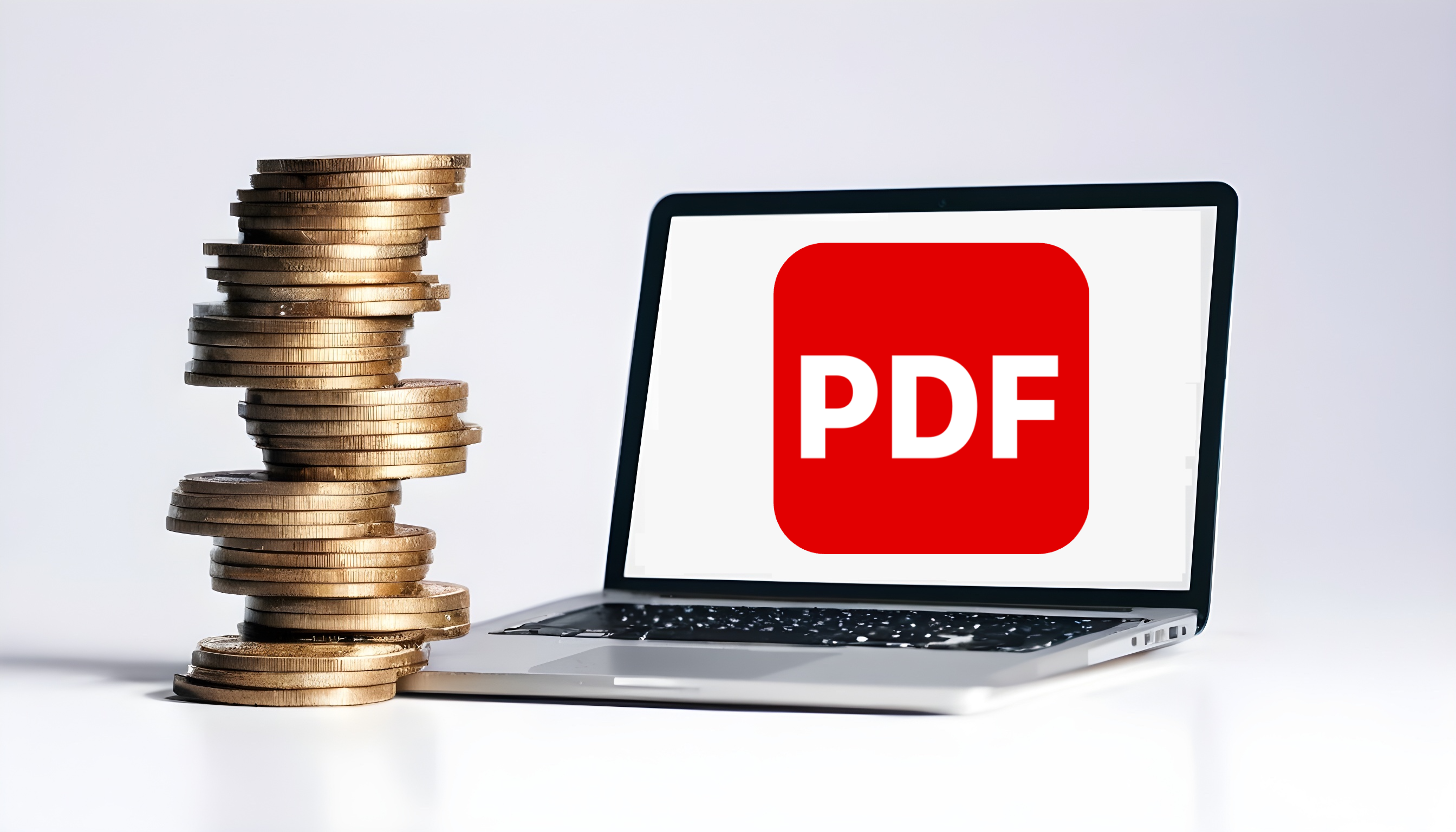How e-invoicing solves the top 3 challenges in AR
-
28 Mar, 2024
-
3 min read

The rapid global adoption of e-invoicing clearly indicates that it holds some significant benefits, with the market for electronic invoices estimated to hit a staggering $35.9 billion by 2028.
But the advantages of e-invoicing go far beyond the mere digitisation of paper or PDF-based processes - we're talking about improved cash flow, optimised collections, reduced DSOs, and improved client experience.
Still, despite the fact that e-invoicing changes the entire nature of AR processes and the way data is issued, transmitted, and received, there's still a lot that businesses don't fully understand about e-invoicing solutions and how they directly impact some of the most significant challenges that AR teams face daily.
How e-invoicing solves the top 3 challenges in AR
There are a few significant challenges that are shared across almost all AR teams. These challenges include high DSO, poor communication, and inadequate policies. Often, companies feel that these challenges can be overcome by committing more time, resources and effort to the process, when in fact, it's just about equipping your AR team with the right (e-invoicing) solution. Here's how adopting an e-invoicing platform can help eradicate challenges that have seemingly found a perpetual foothold in financial management.
Distribution and preparation of documentation
When relying on traditional invoicing methods, distribution backlogs are both significant and inevitable, especially when it comes to month-end when monthly statements need to be prepared and sent out. However, with e-invoicing, document data is more efficiently organised, significantly speeding up this process and allowing teams to prepare and send out statements on time without the pressure of month-end crunch time.
Information asymmetry
Traditionally, documentation is sent over mail, and there is very little visibility over the journey that follows. Similarly, any communication that follows can be quite siloed, with critical information only being seen by people who are included in specific email chains even when others should have also had sight over this.
This information asymmetry ultimately leads to payment and collection delays as not everyone is on the same page, resulting in unnecessary queries and disputes that could have otherwise been resolved if everyone had access to the same, accurate and up-to-date set of information.
By sending documentation via an e-invoicing portal, teams can track the status of documentation – whether it has been sent successfully or opened as well as schedule automatic resends where necessary. Similarly, with e-invoicing, the entire AR team can track the payment status of each invoice in real time and monitor any communication or queries relating to each transaction.
Inefficient document navigation and retrieval
With traditional AR systems, underlying invoices and supporting documentation can be difficult to retrieve when needed due to insufficient document linking mechanisms in place. The above can lead to collection delays when customers are requesting evidence of supporting documentation, such as the underlying invoices or proof of deliveries.
This can be solved by e-invoicing, where documents are stored in data formats, making it possible for e-invoicing portals to link up supporting documentation quickly and automatically.
Overcome these challenges with Financial Information Symmetry integrated with Account Management Tools
Although these challenges are common, they don't have to overstay their welcome in your business. Leverage the benefit of e-invoicing without compromising your critical resources. Instead, partner with one application to manage all your company's accounts, communications, deliveries, interactions, payments, receipts and reporting.
<System1A>
But the advantages of e-invoicing go far beyond the mere digitisation of paper or PDF-based processes - we're talking about improved cash flow, optimised collections, reduced DSOs, and improved client experience.
Still, despite the fact that e-invoicing changes the entire nature of AR processes and the way data is issued, transmitted, and received, there's still a lot that businesses don't fully understand about e-invoicing solutions and how they directly impact some of the most significant challenges that AR teams face daily.
How e-invoicing solves the top 3 challenges in AR
There are a few significant challenges that are shared across almost all AR teams. These challenges include high DSO, poor communication, and inadequate policies. Often, companies feel that these challenges can be overcome by committing more time, resources and effort to the process, when in fact, it's just about equipping your AR team with the right (e-invoicing) solution. Here's how adopting an e-invoicing platform can help eradicate challenges that have seemingly found a perpetual foothold in financial management.
Distribution and preparation of documentation
When relying on traditional invoicing methods, distribution backlogs are both significant and inevitable, especially when it comes to month-end when monthly statements need to be prepared and sent out. However, with e-invoicing, document data is more efficiently organised, significantly speeding up this process and allowing teams to prepare and send out statements on time without the pressure of month-end crunch time.
Information asymmetry
Traditionally, documentation is sent over mail, and there is very little visibility over the journey that follows. Similarly, any communication that follows can be quite siloed, with critical information only being seen by people who are included in specific email chains even when others should have also had sight over this.
This information asymmetry ultimately leads to payment and collection delays as not everyone is on the same page, resulting in unnecessary queries and disputes that could have otherwise been resolved if everyone had access to the same, accurate and up-to-date set of information.
By sending documentation via an e-invoicing portal, teams can track the status of documentation – whether it has been sent successfully or opened as well as schedule automatic resends where necessary. Similarly, with e-invoicing, the entire AR team can track the payment status of each invoice in real time and monitor any communication or queries relating to each transaction.
Inefficient document navigation and retrieval
With traditional AR systems, underlying invoices and supporting documentation can be difficult to retrieve when needed due to insufficient document linking mechanisms in place. The above can lead to collection delays when customers are requesting evidence of supporting documentation, such as the underlying invoices or proof of deliveries.
This can be solved by e-invoicing, where documents are stored in data formats, making it possible for e-invoicing portals to link up supporting documentation quickly and automatically.
Overcome these challenges with Financial Information Symmetry integrated with Account Management Tools
Although these challenges are common, they don't have to overstay their welcome in your business. Leverage the benefit of e-invoicing without compromising your critical resources. Instead, partner with one application to manage all your company's accounts, communications, deliveries, interactions, payments, receipts and reporting.
<System1A>
Related insights






